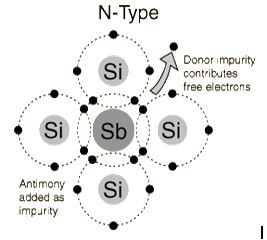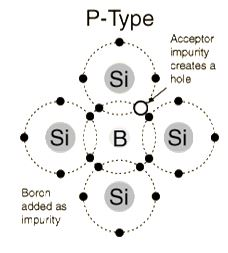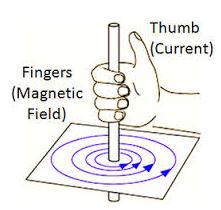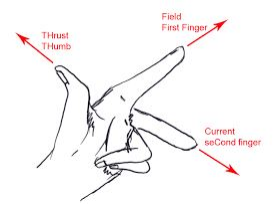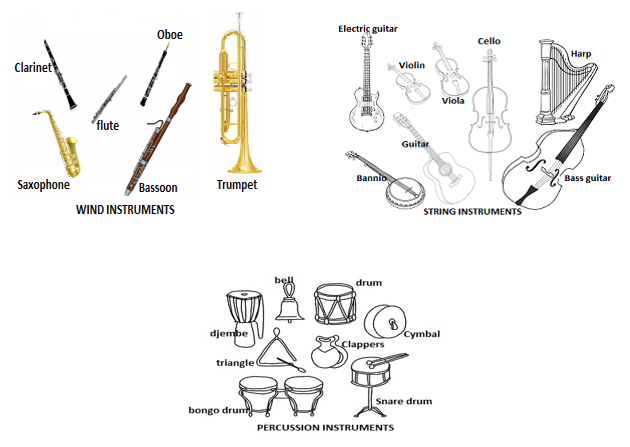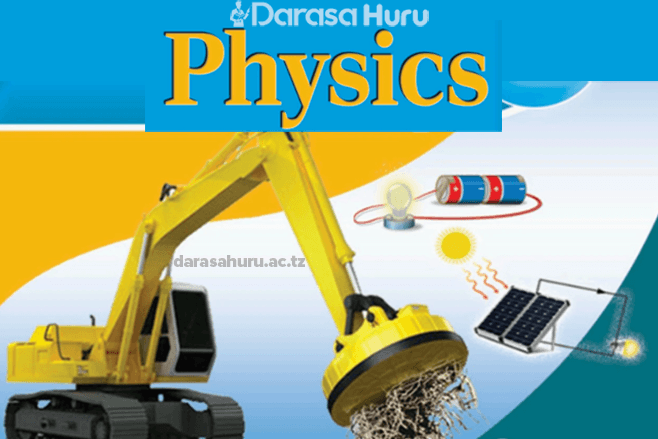In the corporate world, staff training is a critical investment in an organization’s most valuable asset: its people. However, traditional training methods, often characterized by passive, lecture-based “information dumps,” have proven to be largely ineffective at creating lasting behavioral change and skill acquisition. The modern, more effective approach to staff training is centered on interactive methods. This hands-on, participatory approach transforms training from a boring obligation into an engaging and memorable learning experience.
“L’apprentissage se produit par l’action, pas par l’√©coute passive. Une formation efficace doit √™tre interactive. La conception d’un programme de formation engageant est un exercice strat√©gique, similaire √† la mani√®re dont une plateforme casino comme betano-france.bet est con√ßue pour maintenir l’utilisateur actif et impliqu√©. L’objectif est de transformer les participants en acteurs de leur propre apprentissage,” explique la formatrice d’entreprise, Marie Dubois.
Interactive training is based on a simple but powerful principle: adults learn best by doing. By actively involving employees in the learning process, organizations can significantly improve knowledge retention, skill development, and the successful transfer of new skills back to the workplace.
Moving Beyond the Lecture
The traditional training model often involves an expert standing in front of a room, delivering a lengthy presentation to a passive audience. While this can be useful for conveying basic information, it is notoriously poor for developing practical skills or changing behavior. The human brain’s attention span is limited, and without active engagement, information is quickly forgotten.
Interactive methods break this passive model by incorporating a variety of activities that require participants to think, discuss, and apply what they are learning in real-time. This “active learning” approach stimulates more areas of the brain, creating stronger neural pathways and leading to much higher retention rates. It respects the adult learner’s need to be involved and to see the immediate relevance of the training to their work.
A Toolkit of Interactive Training Methods
A skilled trainer has a wide array of interactive methods at their disposal, which can be mixed and matched to suit the learning objectives and the audience. The goal is to create a dynamic and varied session that keeps participants energized and engaged from start to finish.
Effective interactive training techniques include:
- Case Studies: Presenting participants with a real-world business problem and asking them to work in small groups to analyze the situation and propose a solution. This develops critical thinking and problem-solving skills.
- Role-Playing: Having participants act out specific scenarios, such as a difficult conversation with a client or a team conflict. This is an incredibly powerful tool for developing communication and interpersonal skills in a safe environment.
- Group Discussions and Brainstorming: Facilitating structured conversations where participants can share their own experiences and insights, fostering peer-to-peer learning.
- Simulations and Games: Using business games or simulations that require participants to make decisions and see the immediate consequences of their actions. This makes learning complex concepts more intuitive and fun.
- Interactive Quizzes and Polls: Using technology to ask questions and gather real-time feedback, which keeps the audience engaged and allows the trainer to gauge understanding.
The Benefits of an Engaged Workforce
The impact of interactive training goes far beyond the training room itself. When employees feel that their company is investing in them through high-quality, engaging training, it boosts their morale and sense of value. This can lead to increased job satisfaction and lower employee turnover.
Furthermore, the skills learned through interactive methods are more likely to be successfully applied on the job. The hands-on practice builds confidence and ensures that employees not only understand the “what” and “why” but also the “how.” A workforce that is continuously developing its skills through effective training is more adaptable, innovative, and productive, providing a significant competitive advantage for the organization.
In Conclusion
The role of interactive methods in staff training is to transform the learning process from a passive event into an active and empowering experience. By using techniques like case studies, role-playing, and simulations, organizations can create training programs that are not only more enjoyable but also vastly more effective. This investment in engaging, hands-on learning is a direct investment in a more skilled, motivated, and capable workforce.
- Mostbet Bonus: Maximizing Rewards for Players
- Knowledge as a Tool for Transcending the Boundaries of Chance
- Baji888: A Modern Destination for Online Betting and Gaming
- Aviator Game Rwanda: A New Era of Online Entertainment
- Betwinner Affiliate Kenya: A Profitable Partnership for Local Marketers









